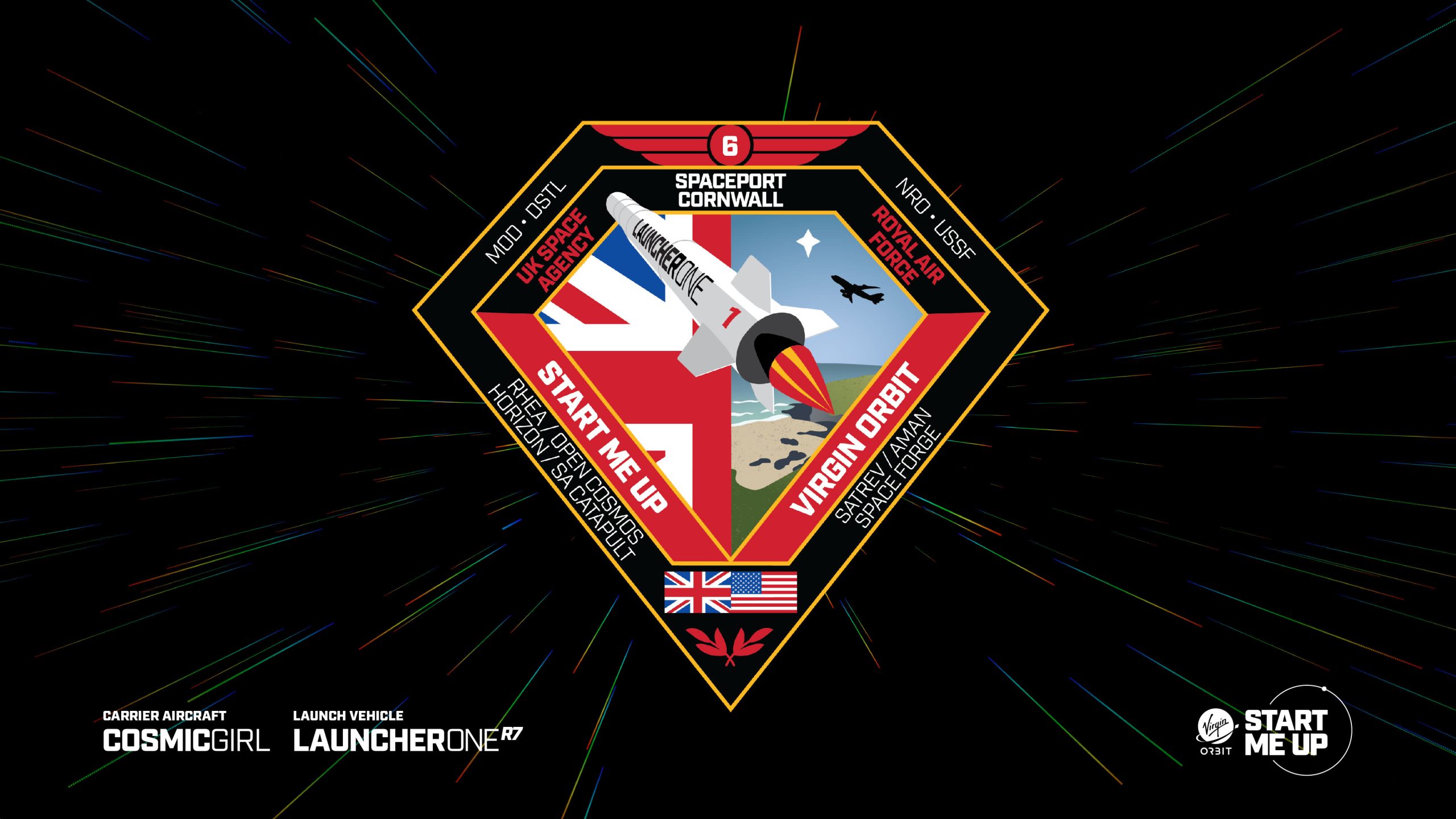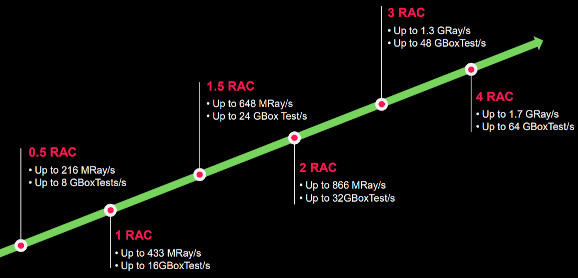
Following the amended Boeing 747, Cosmic Girl, reaching the designated drop zone, the two-stage rocket, LauncherOne, was not successful in reaching its required orbit. The nine satellites in the payload were lost as they re-entered the Earth’s atmosphere from above the Atlantic.
Accentuating the positive, however, the Director of Commercial Spaceflight at the UK Space Agency, Matt Archer, highlighted that the project has created a horizontal launch capability at the new Spaceport Cornwall.
The UK remains committed, he said, to becoming the leading provider of commercial small satellite launches in Europe by 2030, with vertical launches also planned from Scotland. He added the agency would work with Virgin Orbit as they investigate what caused the anomaly in the coming days and weeks.
Virgin Orbit described what followed the release of the rocket as follows:
“The rocket then ignited its engines, quickly going hypersonic and successfully reaching space. The flight then continued through successful stage separation and ignition of the second stage. However, at some point during the firing of the rocket’s second stage engine and with the rocket travelling at a speed of more than 11,000 miles per hour, the system experienced an anomaly, ending the mission prematurely.”
Unfortunately for Cornwall, this was the first out of five LauncherOne missions carrying payloads for private companies and governmental agencies to fail to deliver its payloads to their target orbit.
“While we are very proud of the many things that we successfully achieved as part of this mission, we are mindful that we failed to provide our customers with the launch service they deserve,” said the Virgin Orbit CEO, Dan Hart.
“The first-time nature of this mission added layers of complexity that our team professionally managed through; however, in the end a technical failure appears to have prevented us from delivering the final orbit. We will work tirelessly to understand the nature of the failure, make corrective actions, and return to orbit as soon as we have completed a full investigation and mission assurance process.”
Among the satellites lost were the UK DSTL’s (Defence Science & Technology Laboratory) Coordinated Ionospheric Reconstruction Cubesat Experiment (CIRCE) cube-satellites, a research pathfinder satellite from RHEA Group, the first Omani Earth-observation satellite and Space Forge’s ForgeStar-0 CubeSat.
Third-parties involved in setting up the mission included included the UK Space Agency, the Royal Air Force, the Civil Aviation Authority (CAA), the DSTL, the US Federal Aviation Administration, and the US National Reconnaissance Office.
The CAA is reportedly making its own investigations into the failed launch.
See also: Ministers’ visit sees first UK satellite launch still pending on CAA approval







